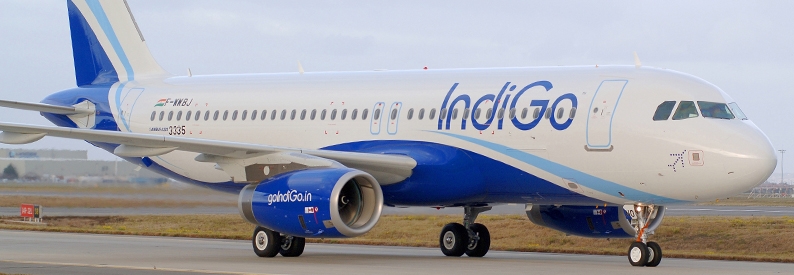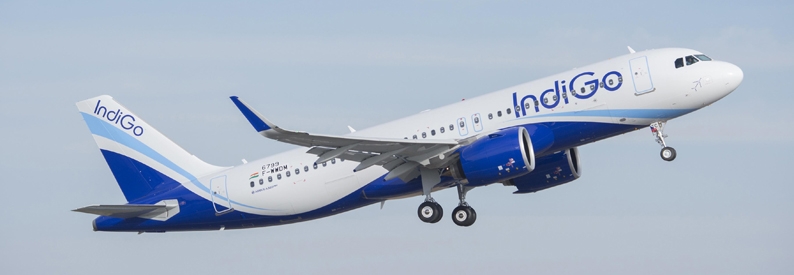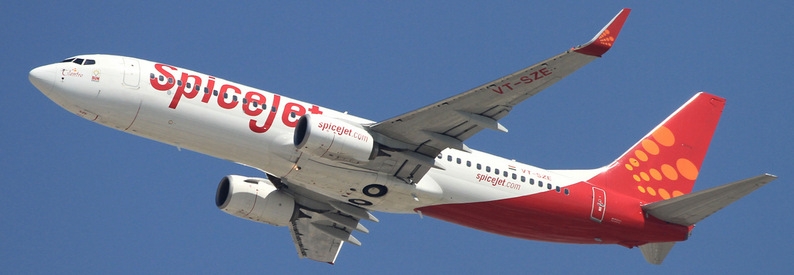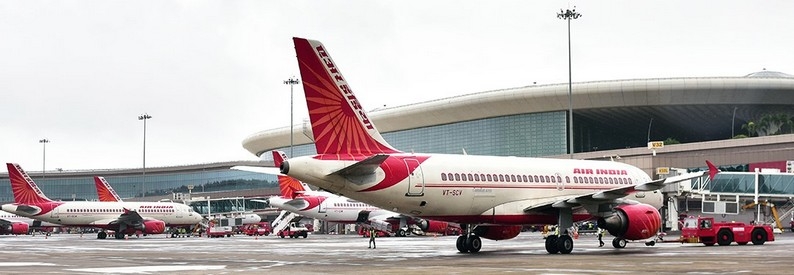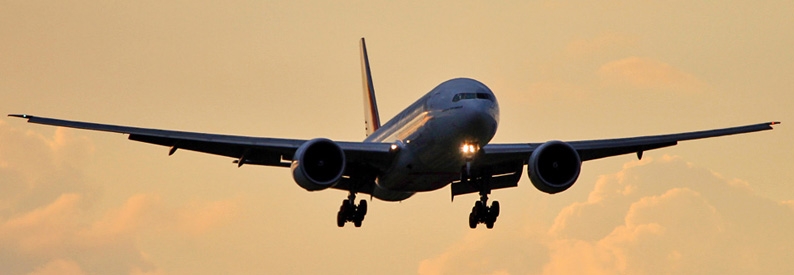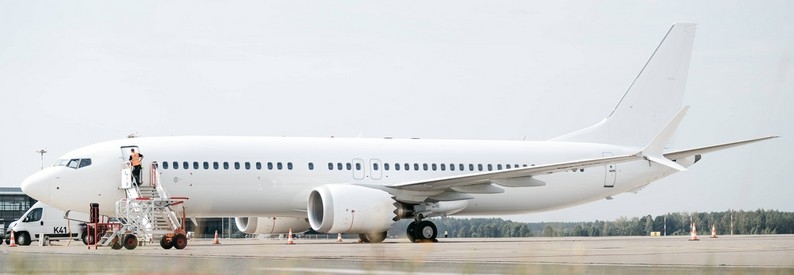SpiceJet (SG, Delhi International) will be able to operate at full capacity from October 30, as India’s Directorate General of Civil Aviation (DGCA) has lifted its restrictions on the low-cost carrier, an official at the air safety watchdog confirmed to local media.
As previously reported, the directorate enforced a measure in July that halved the airline’s approved fleet, putting it under “enhanced surveillance” following a spate of air safety incidents and “degraded safety margins” during 2022. The restriction was initially for eight weeks, but in September the DGCA extended the period of the constraints until October 29.
SpiceJet has not issued a statement or commented on the development.
SpiceJet will now be able to operate, as the DGCA previously approved, up to 3,193 weekly departures in the winter schedules (October 30 to March 25), which is 6.6% more than what was approved for the winter season last year. The summertime control meant it could operate a maximum of 2,096 departures a week. Aviation insiders commented when the restriction was introduced that it in fact meant little as SpiceJet was already operating far fewer flights than the number the authority had approved.
According to the ch-aviation Commercial Aviation Operator Capacity Data module, SpiceJet has 2,003 frequencies scheduled for this week and 2,142 currently scheduled for the first week of December. Of the carrier’s total fleet of 77 aircraft, 46 are currently active, the ch-aviation Commercial Aviation Aircraft Data module shows.
Separately, the civil aviation directorate has opened a new investigation after one of SpiceJet’s DHC-8-Q400s made an emergency landing at Hyderabad International on October 12 when smoke filled the cabin, the Indian financial daily Mint reported. The regulator instructed the airline to draw engine oil samples every 15 days, instead of 30 days, from its fleet of active Q400s and send them to Pratt & Whitney Canada to check for metal and carbon seal particles. Of its fleet of 32 of the turboprops, 15 are currently active.
- Type
- Base
- Aircraft
- Destinations
- Routes
- Daily Flights

